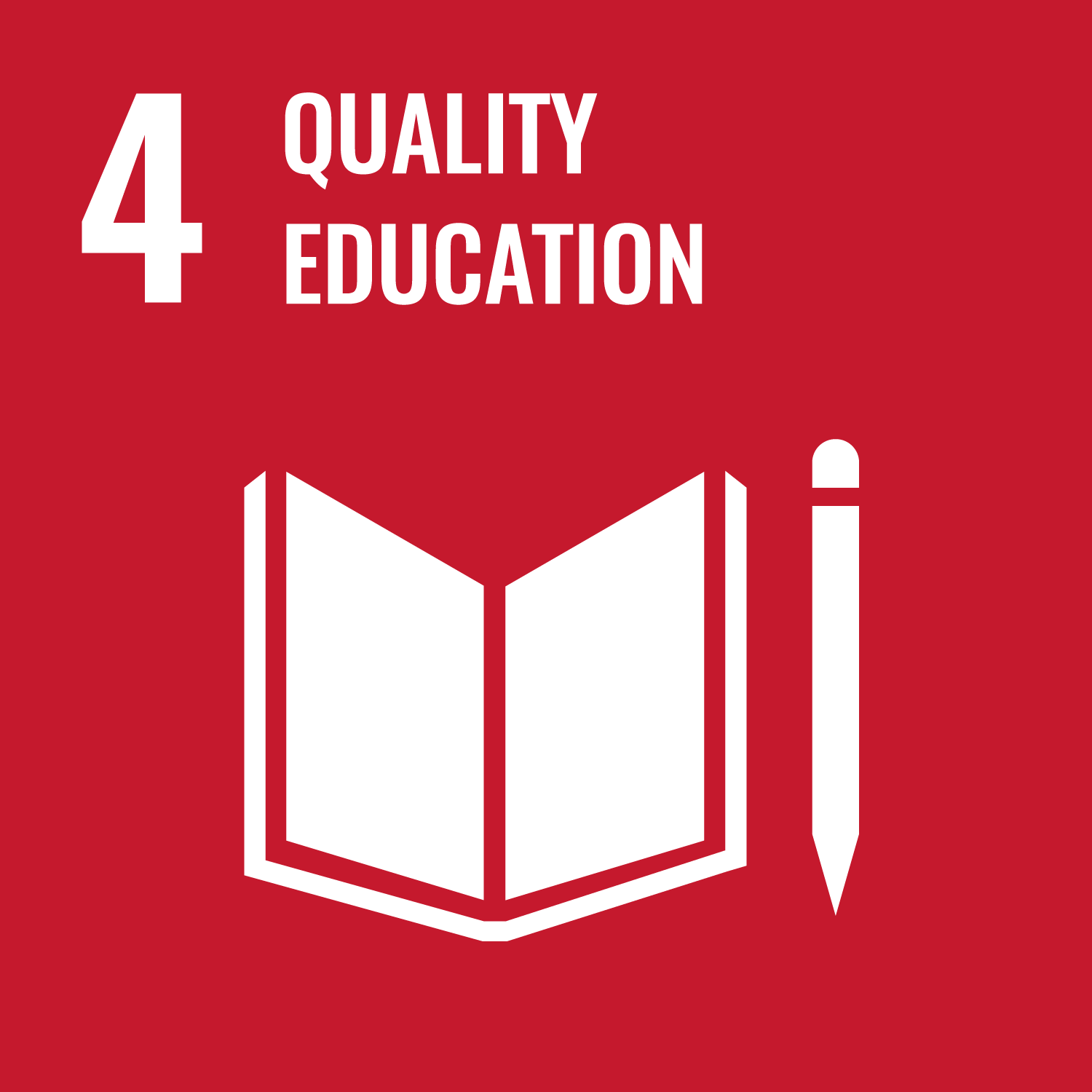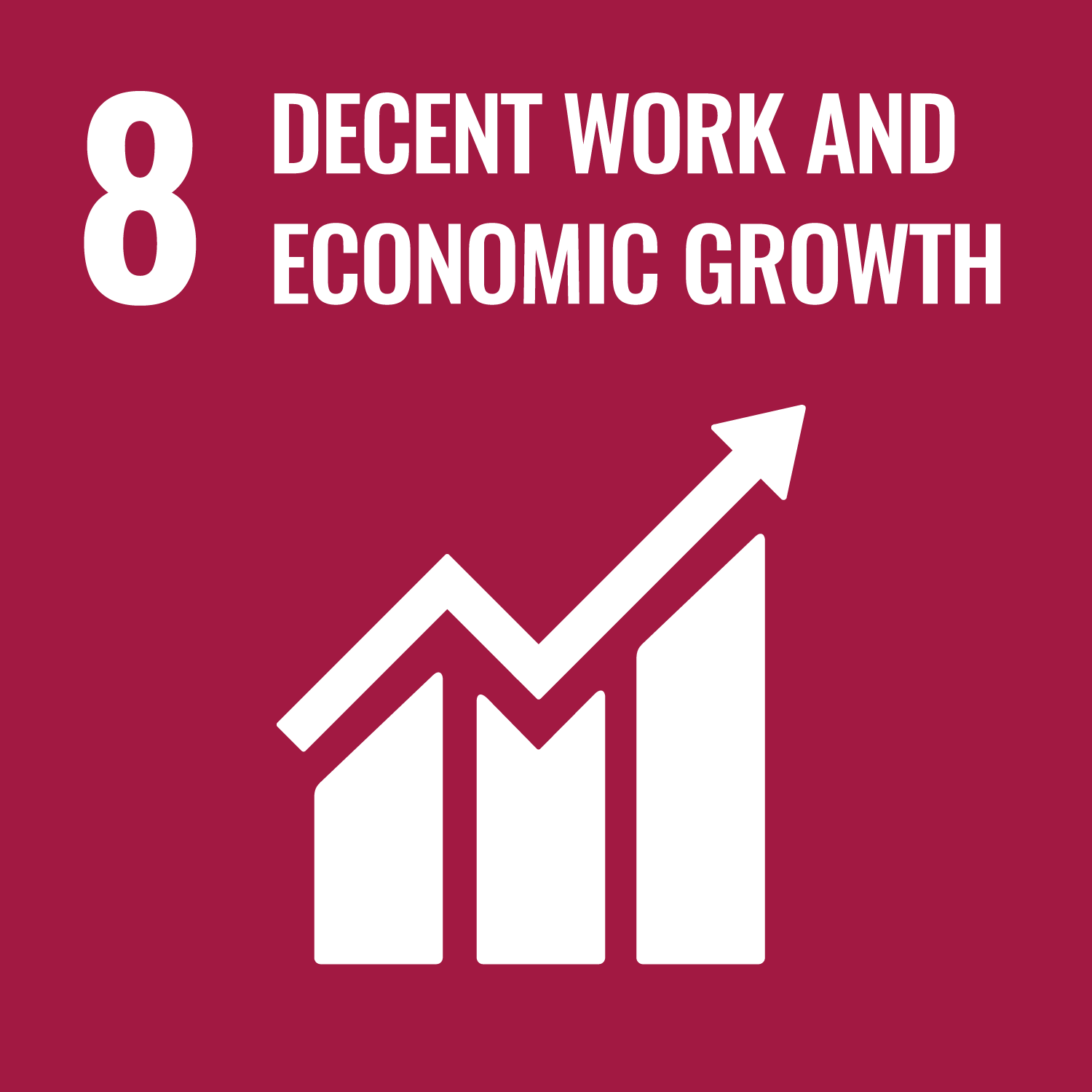Care Leavers Social Impact Bond: Reboot West (Bristol)
Aligned SDGs


- Care Leavers Social Impact Bond: Reboot West (Bristol)
- General overview
- Location
- Involved organisations
- Outcome metrics
- Results
- Other resources
- Spreadsheet of data
- Care Leavers Social Impact Bond: Reboot West (Bristol)
- General overview
- Location
- Involved organisations
- Outcome metrics
- Results
- Other resources
- Spreadsheet of data
General overview
Stage of development: Complete
Policy sector: Child and family welfare
Date outcomes contract signed: Aug 2018
Start date of service provision: Oct 2018
Max potential outcome payment: GBP 2.25m
Service users: 241 individuals
Intervention
The project will offer support for care leavers into education, employment or training. The service will include some co-production with young people who will also participate in governance and steering arrangements to ensure services are meaningful and impact is maximised. This will include specific interest groups and responses where appropriate, for example linking with parenting programmes and our care leaver young parents group or asylum seeking group. The programme will deliver co-located staff focussed on working with our young people and the team around them. Adjustments will be made to tailor the programme to individual and specific need, aspirations and ability. It will utilise a psychologically informed approach to support young people to overcome adversity and support the achievement of EET outcomes. Services provided through this funding award will be in addition to existing statutory and other support services for care leavers. It will work in an integrated, holistic and psychologically informed way to help more care leavers to successfully gain qualifications, complete the training and education courses of their choosing and enter/sustain employment.
Target population
Young people who have moved on from their foster or other care placement aged between 16 and 25 years (who are NEET or at risk of NEET) and to whom the local authority owes a range of duties under the Children Act 1989 (as amended by the Children (Leaving Care) Act 2000) and Children and Social Work Act 2017. The full cohort of care leavers must be identified in Year 1 (2018-19) – there will be no exclusions, with all care leavers who are NEET or at risk of NEET eligible for services. Furthermore, the approach is designed to reach and support those young people furthest from the labour market and to help deliver a supported pathway to employment.
Location
Country
- United Kingdom
Service delivery locations
- Bristol City Council, North Somerset, Bath and North East Somerset, and South Gloucestershire LAs in the West of England
Involved organisations
Outcome metrics
- Agrees education/training is right for them
- Has at least 1 consistent relationship
- Feels safe
- Managing accommodation and costs
- Self-determined outcome / SLN screening / Money managemen
- Begins education/training course
- Completes 25% of course
- Completes 50% of course
- Obtains level 1 qualification
- Obtains level 2 qualification
- Obtains level 3 qualification
- Begins higher education
- Completes 1 year of higher education
- Completes 2 years of higher education
- Completes higher education course
- Enters work experience / volunteering
- Completes 1 week of work Experience / volunteering
- Completes 4 weeks of work Experience / volunteering
- Enters employment
- Earns £768
- Earns £1631
- Earns £3350
- Earns £8155
Results
Outcome achievements
The graph above shows interim results for the project’s outcome achievements. Each bar represents a key participant outcome or metrics. Each metric is detailed above the graph (under the ‘Outcome metrics’ section of this page). Users can hover over the bars to access data on the expectations and achievements for that particular metric. Labels at the top of the bar represent the overall expectations for specific metrics, for the entire life of the project. The coloured section of the bar represents the project’s achievements so far.
Each bar takes the unit of analysis of the metric (if the metric is measured in number of individuals, the bar graph is representing individuals achieving that metric. If the metric is measured in weeks, the bar graph is representing weeks).
A note on targets (or expectations): the graph above shows the latest targets for the project. These targets are based on the best-case scenario expectations for every project. These targets may be different from the targets set at the start, as projects adapt to unexpected challenges or changes in circumstances. In addition, these targets could also work as a ‘cap’ for payments. We offer these parameters as a reference on outcome achievement projections. If projects are under implementation, they are not expected to have achieved any of these targets yet.
Outcome payments
The graph above shows interim outcome payment results. The x-axis displays the years since the start date of the project to the anticipated completion date. The y-axis represents the value of the payments for outcomes realised by participants in the programme. The aim of this graph is to enable users to compare the initial expectations of the project against the actual value of the outcomes that were achieved.
The dotted lines represent the different plans that projects had at different moments- labelled as ‘Plans’ in the key. The data for these dotted lines (or single dotted line) comes from the outcome payment profiles that projects shared with the commissioners and their values represent expectations according to 'best-case scenarios' (if projects achieved as many outcomes as possible). There are different dotted lines as projects can renegotiate their payment plans as they face changes that affect delivery (such as the COVID pandemic) or adjust their expectations during the life of the project. Each dotted line is made of a set of points. Each point represents a quarter. Users can hover over those points and access data on the expectations for that quarter.
The solid line shows the outcome payments that the project already claimed and received- labelled as ‘Actual’ in the key. Squared points on the 'Actual' line indicate that the payment for that quarter was a COVID-19 medium-scenario grant. This was one of the temporary funding options offered to projects during the COVID-19 pandemic (this included activity payments based on projected medium-case performance scenarios). On the top-right corner, the ‘Plans’ and ‘Actual’ lines can be selected and deselected to change which lines appear in the graph.
A note on the representation of different payment profiles (or plans): when Life Chances Fund projects reprofile their payment plans, they use a template provided by the National Lottery Fund. When they complete data for the past quarters, some projects preferred to leave those cells blank, other preferred to repeat the previous expectations and other decided to complete those cells with data from actual payments. To avoid confusions around these different criteria, we start representing a plan from the moment when the plan is valid.
Spreadsheet of data
Important Notice and Disclaimer on INDIGO Data
INDIGO data are shared for research and policy analysis purposes. INDIGO data can be used to support a range of insights, for example, to understand the social outcomes that projects aim to improve, the network of organisations across projects, trends, scales, timelines and summary information. The collaborative system by which we collect, process, and share data is designed to advance data-sharing norms, harmonise data definitions and improve data use. These data are NOT shared for auditing, investment, or legal purposes. Please independently verify any data that you might use in decision making. We provide no guarantees or assurances as to the quality of these data. Data may be inaccurate, incomplete, inconsistent, and/or not current for various reasons: INDIGO is a collaborative and iterative initiative that mostly relies on projects all over the world volunteering to share their data. We have a system for processing information and try to attribute data to named sources, but we do not audit, cross-check, or verify all information provided to us. It takes time and resources to share data, which may not have been included in a project’s budget. Many of the projects are ongoing and timely updates may not be available. Different people may have different interpretations of data items and definitions. Even when data are high quality, interpretation or generalisation to different contexts may not be possible and/or requires additional information and/or expertise. Help us improve our data quality: email us at indigo@bsg.ox.ac.uk if you have data on new projects, changes or performance updates on current projects, clarifications or corrections on our data, and/or confidentiality or sensitivity notices. Please also give input via the INDIGO Data Definitions Improvement Tool and INDIGO Feedback Questionnaire.